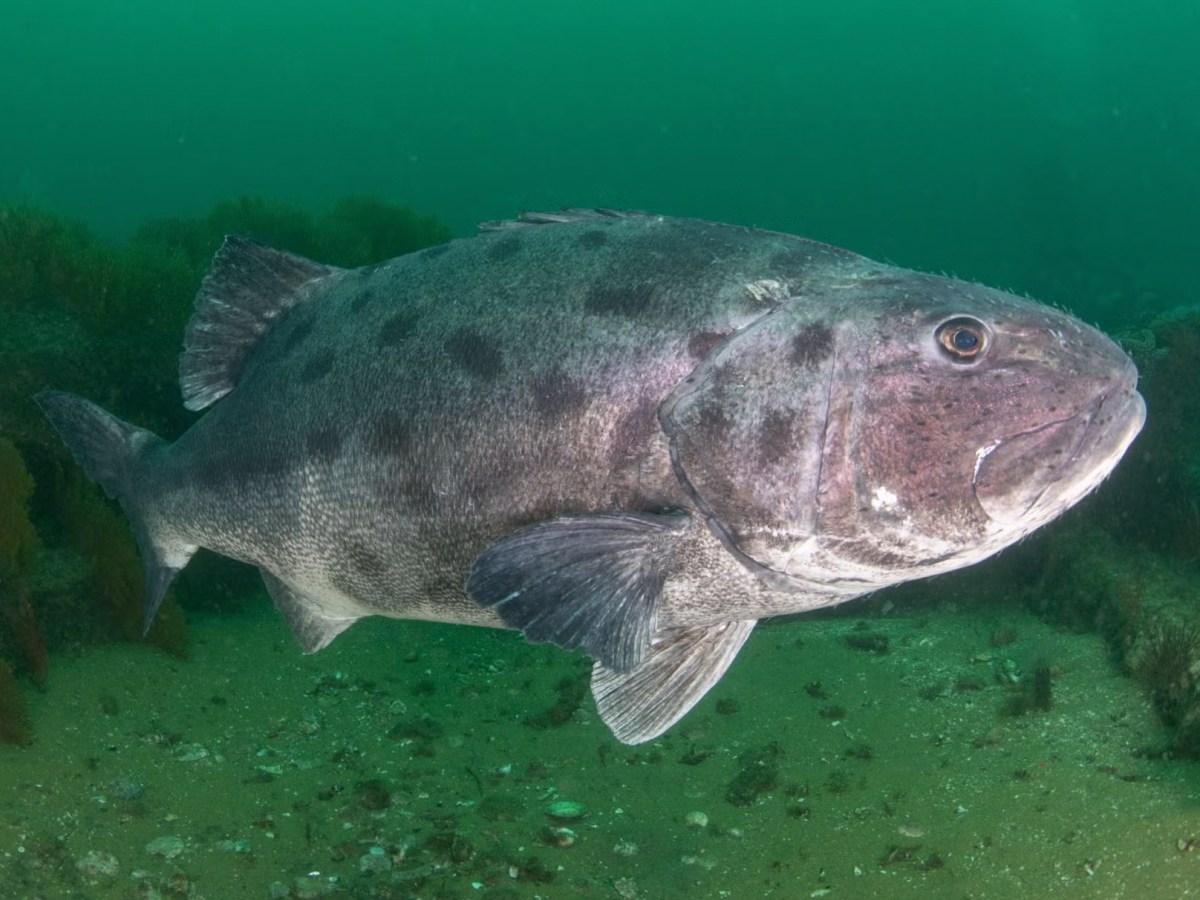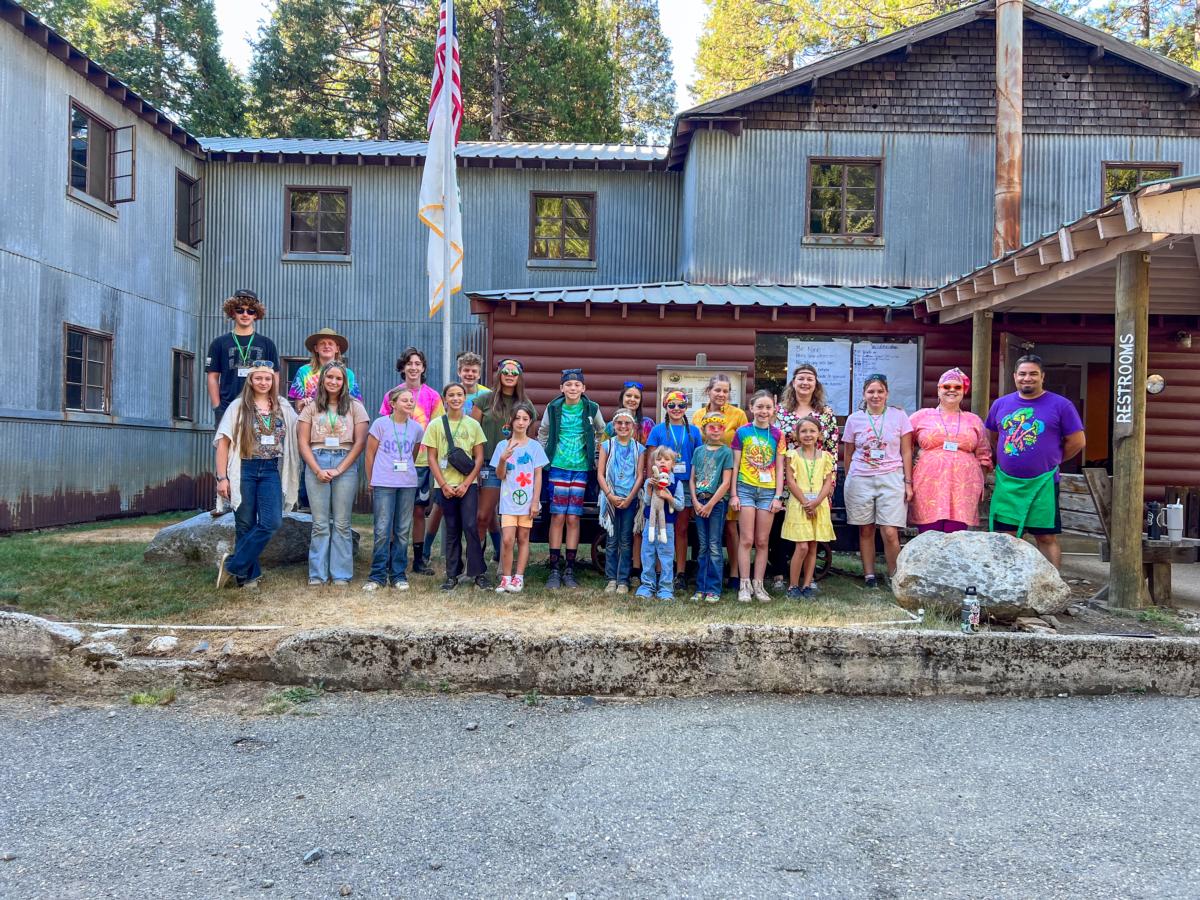## Silenced Voices, Amplified Tools: When Science Advice Dwindles, This Toolkit Steps Up Imagine a world where vital scientific advice is sidelined, where crucial questions about public health, climate change, and environmental protection go unanswered. This isn’t a dystopian future; it’s a stark reality facing us today as dozens of federal science advisory committees have been disbanded. But amidst the silencing, a beacon of hope shines: a new toolkit, released by a dedicated science group, aims to empower citizen scientists and communities to fill the void. This article dives into the toolkit’s groundbreaking approach, exploring how it empowers ordinary people to become champions for evidence-based policy in a time when it’s needed most.
Running a Successful SAC

Effective communication and collaboration are crucial for the success of a Science Advisory Committee (SAC). The committee must be able to work together seamlessly, sharing knowledge and expertise to produce high-quality scientific advice. To achieve this, the following tips can be employed:
- Establish clear roles and responsibilities: Each member should have a clear understanding of their role and the tasks they are expected to perform.
- Foster open communication: Encourage open and honest communication among members, and provide opportunities for discussion and debate.
- Respect diverse perspectives: Recognize that different members may have different opinions and perspectives, and strive to incorporate these into the committee’s work.
- Set clear goals and objectives: Establish clear goals and objectives for the committee’s work, and ensure that all members are working towards the same objectives.
- Encourage respectful debate: Encourage members to engage in respectful and constructive debate, and avoid personal attacks or condescension.
- Seek common ground: Look for areas of agreement and try to find common ground between different perspectives.
- Seek outside expertise: If necessary, seek outside expertise or advice to help resolve disputes or clarify issues.
- Make decisions based on evidence: Make decisions based on the best available scientific evidence, and avoid making decisions based on personal opinions or biases.
Techniques for Addressing Conflicting Opinions and Interests

Conflicting opinions and interests are inevitable in any group, but they can be managed effectively by using the following techniques:

Continuing Scientific Progress
Assessing and addressing complex social-environmental issues requires a deep understanding of the scientific evidence and a willingness to engage with diverse stakeholders. The following strategies can be employed:
- Engage with diverse stakeholders: Engage with a range of stakeholders, including scientists, policymakers, industry representatives, and community members, to ensure that all perspectives are represented.
- Use a range of data sources: Use a range of data sources, including scientific studies, government reports, and community feedback, to inform decision-making.
- Consider multiple perspectives: Consider multiple perspectives and approaches to addressing complex issues, and be willing to adapt and adjust strategies as needed.
- Monitor and evaluate progress: Monitor and evaluate progress regularly, and adjust strategies as needed to ensure that goals are being met.
- Public comment periods: Provide public comment periods to allow the public to provide input and feedback on scientific decisions.
- Public meetings: Hold public meetings to allow the public to engage with scientists and policymakers, and to provide opportunities for discussion and debate.
- Online platforms: Use online platforms, such as social media and websites, to provide opportunities for public engagement and input.
- Community outreach: Engage in community outreach and education to ensure that the public is informed and involved in scientific decision-making.
Opportunities for Public Input and Engagement
Public input and engagement are essential for ensuring that scientific decision-making is transparent and accountable. The following opportunities can be provided:
Practical Applications and Implications
The EPA’s Clean Air Scientific Advisory Committee (CASAC) was disbanded during the last Trump administration, but the work continued via a self-organized independent group of scientists with relevant expertise. This independent panel was chaired by toolkit co-author Dr. Christopher Frey, and UCS helped convene one of its meetings. The committee’s recommendations on fine particulate matter were delivered to the EPA administrator in a public comment submission. That public record was available to decisionmakers in other jurisdictions as well as the subsequent presidential administration.
Case Study: The EPA’s Clean Air Scientific Advisory Committee
This case study highlights the importance of independent scientific advice and the role that scientists can play in ensuring that scientific decisions are made based on the best available evidence.
- Key takeaway: The CASAC case study demonstrates the importance of independent scientific advice and the role that scientists can play in ensuring that scientific decisions are made based on the best available evidence.
- Lessons learned: The CASAC case study provides lessons learned on the importance of maintaining independence and integrity in scientific advisory committees.
- Implications: The CASAC case study has implications for policymakers and scientists working together to protect scientific integrity.
Opportunities for Public Input and Engagement
The importance of public participation in scientific decision-making cannot be overstated. The following strategies can be employed:
- Provide clear information: Provide clear and concise information about scientific decisions and the evidence that supports them.
- Engage with diverse stakeholders: Engage with a range of stakeholders, including scientists, policymakers, industry representatives, and community members, to ensure that all perspectives are represented.
- Use accessible language: Use accessible language and avoid technical jargon to ensure that the public can understand scientific decisions and the evidence that supports them.
- Monitor and evaluate progress: Monitor and evaluate progress regularly, and adjust strategies as needed to ensure that goals are being met.
- Provide public access to information: Provide public access to information about scientific decisions and the evidence that supports them.
- Engage in transparent decision-making: Engage in transparent decision-making, and provide opportunities for public input and feedback.
- Monitor and evaluate progress: Monitor and evaluate progress regularly, and adjust strategies as needed to ensure that goals are being met.
- Hold decisionmakers accountable: Hold decisionmakers accountable for ensuring that scientific decisions are made based on the best available evidence.
Strategies for Ensuring Transparency and Accountability
Ensuring transparency and accountability is essential for maintaining public trust in scientific decision-making. The following strategies can be employed:
Future Directions and Recommendations
The toolkit provides a framework for rebuilding and strengthening SACs. The following suggestions can be made:
- Use the toolkit to rebuild and strengthen SACs: Use the toolkit to rebuild and strengthen SACs, and to ensure that they are independent and rigorous.
- Engage with diverse stakeholders: Engage with a range of stakeholders, including scientists, policymakers, industry representatives, and community members, to ensure that all perspectives are represented.
- Provide clear information: Provide clear and concise information about scientific decisions and the evidence that supports them.
- Monitor and evaluate progress: Monitor and evaluate progress regularly, and adjust strategies as needed to ensure that goals are being met.
- Work together to protect scientific integrity: Work together to protect scientific integrity, and to ensure that scientific decisions are made based on the best available evidence.
- Use the toolkit to rebuild and strengthen SACs: Use the toolkit to rebuild and strengthen SACs, and to ensure that they are independent and rigorous.
- Engage with diverse stakeholders: Engage with a range of stakeholders, including scientists, policymakers, industry representatives, and community members, to ensure that all perspectives are represented.
- Monitor and evaluate progress: Monitor and evaluate progress regularly, and adjust strategies as needed to ensure that goals are being met.
Suggestions for Policymakers and Scientists
Policymakers and scientists have a critical role to play in ensuring that scientific decisions are made based on the best available evidence. The following suggestions can be made:
Conclusion
In conclusion, the release of the science group’s toolkit is a pivotal moment for the preservation of scientific expertise and decision-making in the United States. The disbandment of federal science advisory committees has led to a significant gap in the country’s ability to address complex scientific challenges, affecting not only research but also public health, environmental protection, and economic growth. The toolkit presented by the Science Group serves as a critical resource, providing guidance, templates, and best practices for state and local governments, non-profit organizations, and other stakeholders to establish their own science advisory committees.
The significance of this initiative lies in its potential to bridge the knowledge gap left by the disbandment of federal committees, ensuring that decisions are informed by the most up-to-date scientific evidence and expert advice. As the toolkit is designed to be flexible and adaptable to different contexts, it has the potential to be implemented across various states and regions, ultimately strengthening the country’s overall capacity to tackle pressing scientific challenges.
Furthermore, the implications of the toolkit extend beyond mere scientific advice. By empowering local decision-makers to rely on evidence-based decision-making, it promotes transparency, accountability, and trust in the democratic process. This initiative ensures that citizens can expect that their government representatives are making decisions that are informed by the best available scientific information, fostering a culture of collaboration between science, government, and the public.
In the future, we can anticipate further improvements, adaptations, and expansion of the toolkit as it evolves alongside the needs of the stakeholders it serves. It is crucial that these committees remain vigilant against political interference and maintain their independence, ensuring that the decisions made remain rooted in scientific evidence and expert advice.
The release of this toolkit represents a step towards ensuring the continuity and relevance of scientific expertise in policy-making and decision-making processes. By empowering local governments and organizations to establish their own science advisory committees, the toolkit contributes to a more informed and evidence-based approach to governance, spurring innovation, sustainable development, and the overall well-being of society.
In light of the toolkit’s potential to bridge the disconnect between science and policy, it is essential that this resource remains accessible, adaptable, and updated consistently to address the changing landscape of scientific advancements and societal needs. As we navigate the future of science and governance, it serves
